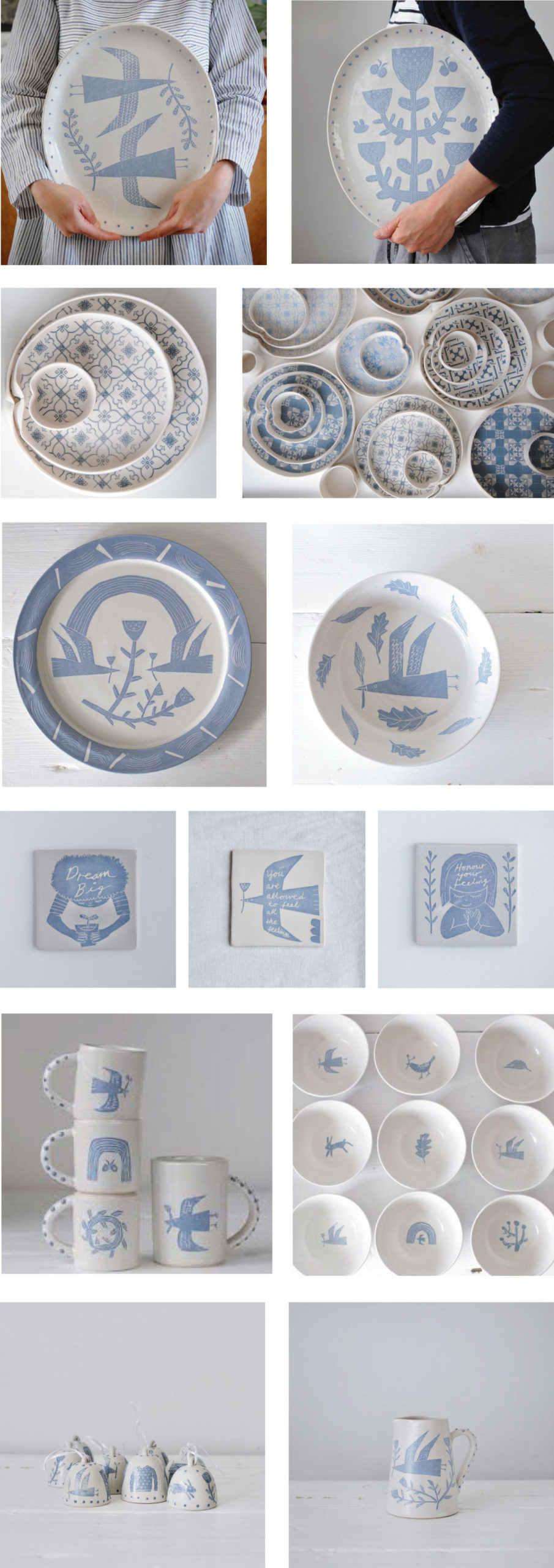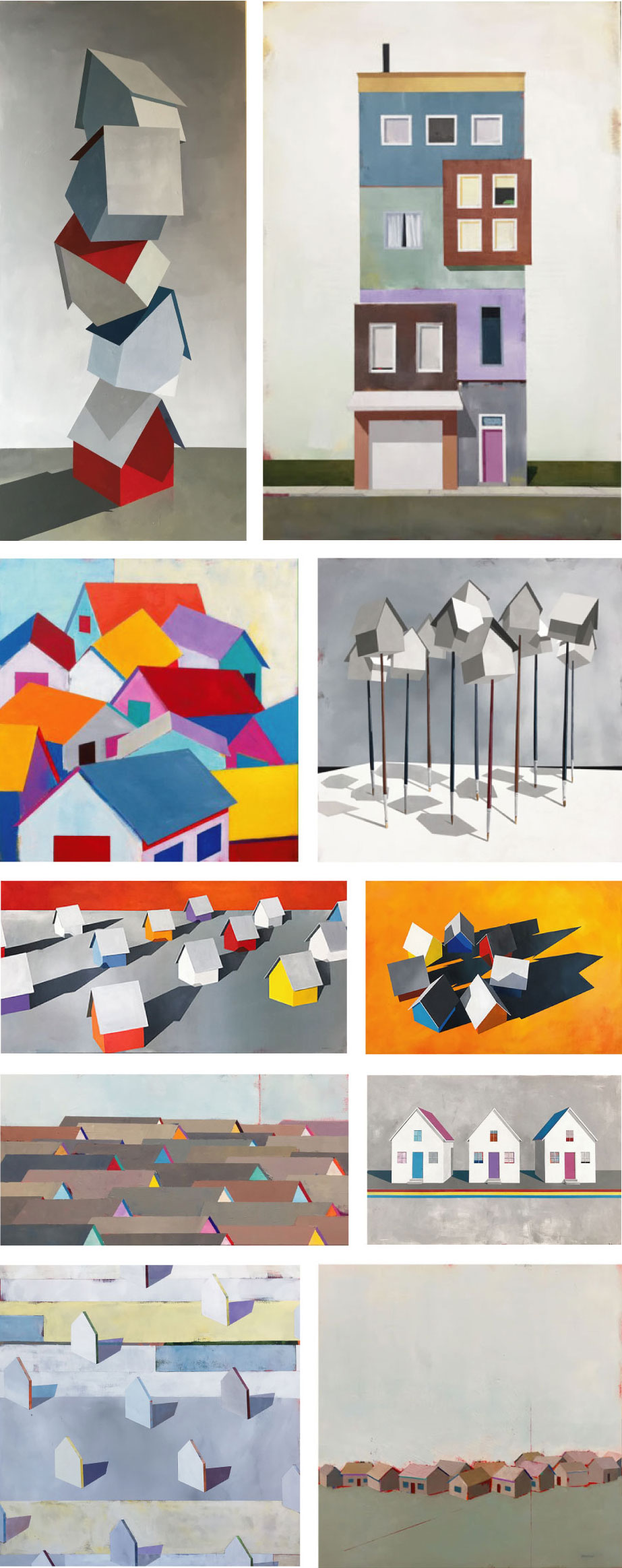Dutch animator, set designer and visual artist Vera van Wolferen creates intricate and meticulously-constructed scenes out of paper, cardboard and wood. She creates mostly miniature sculptures that look like sets for animated films, dividing her time between self-initiated projects and working for commercial clients. Her designs are kept to a minimalist style as the designer focuses on the architecture rather on an intricate color scheme. On The Jealous Curator she says this about her work:Â
“During my study in Fine Arts I was in the sculpture department, and kept making videos of my sculptures. That’s why I went to do animation, cause everyone said – hey you should make your sculptures move! So I did stop motion for a year, but figured out I was most interested in creating the set design, lighting and photographing the sets… not so much the animation part of it. I now focus on making “Story Objectsâ€, sculptures that are vehicles for the imagination of the viewer. It feels like the objects contain a story, but it up to you to create your own.â€
You can follow the artist on her website, Behance, Dribble, Facebook and Instagram.
Images: Courtesy of Vera van Wolferen.




You must be logged in to post a comment.